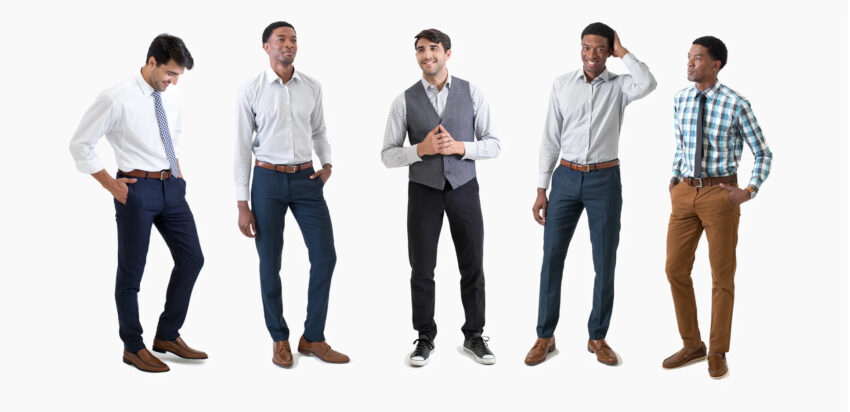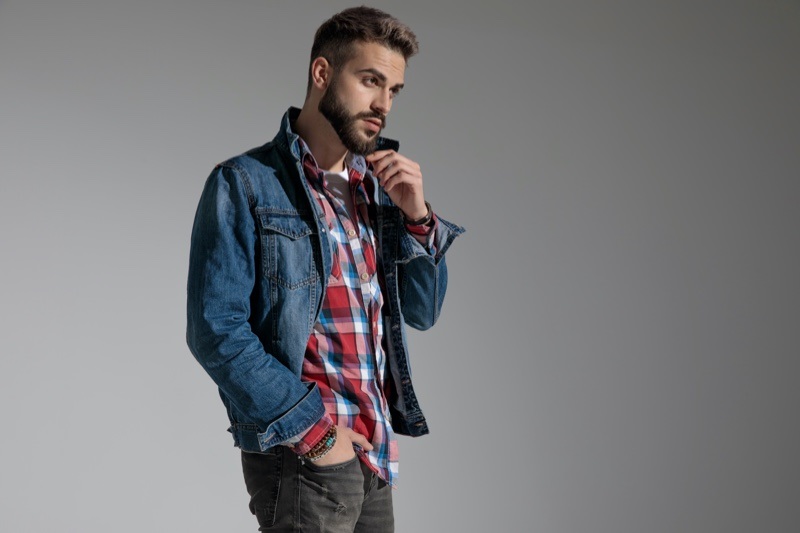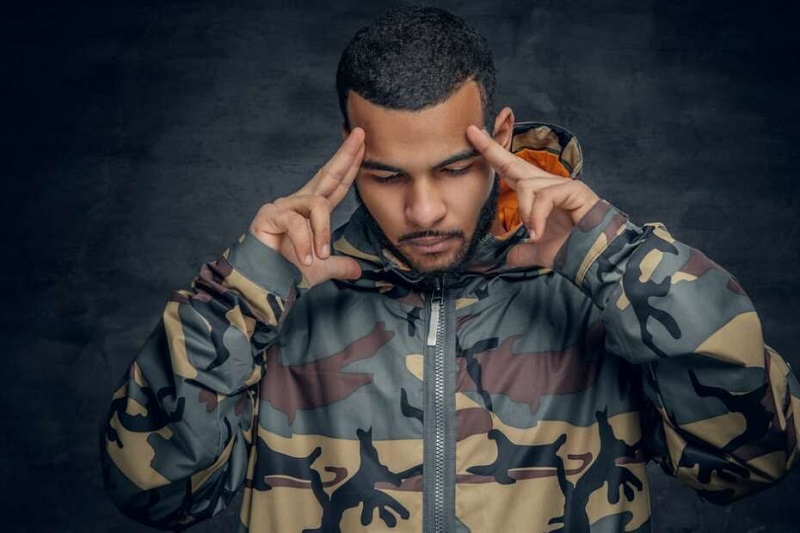When it comes to job interviews, first impressions are everything. Not only do you need to prepare your answers to common interview questions, but you also need to think about what you’ll wear. After all, your outfit is the first thing your interviewer will notice about you, and it can play a big role in how they perceive you as a candidate. In this article, we’ll explore what to wear to a job interview, from business formal to business casual and everything in between.
Business Formal Attire

Business formal attire is typically reserved for interviews in fields such as law, finance, and accounting, where a more conservative dress code is expected. Here are some guidelines for what to wear in a business formal setting:
Men’s Business Formal Attire
- Suit: A well-tailored, dark-colored suit is a must. Stick to classic colors like navy, black, or gray.
- Shirt: A white or light-colored dress shirt is best. Avoid bright colors or bold patterns.
- Tie: A conservative tie in a solid color or subtle pattern is a good choice.
- Shoes: Wear dress shoes in a neutral color, like black or brown. Make sure they’re polished and in good condition.
- Accessories: Keep it simple. A watch and a plain leather belt are all you need.
Women’s Business Formal Attire
- Suit: A pantsuit or skirt suit is appropriate. Stick to classic colors like navy, black, or gray.
- Shirt: A white or light-colored blouse is best. Avoid low-cut or sheer tops.
- Shoes: Wear closed-toe dress shoes in a neutral color, like black or brown. Avoid high heels that are too high or too trendy.
- Accessories: Keep it simple. A watch, simple jewelry, and a plain leather purse are all you need.
Business Casual Attire
Business casual attire is appropriate for interviews in fields like marketing, sales, and creative industries, where a more relaxed dress code is expected. Here are some guidelines for what to wear in a business casual setting:
Men’s Business Casual Attire
- Dress pants or khakis: Choose a pair of dress pants or khakis in a neutral color, like navy, black, or beige.
- Shirt: A dress shirt or a polo shirt is appropriate. Avoid t-shirts with slogans or graphics.
- Shoes: Wear dress shoes or loafers in a neutral color, like black or brown. Avoid sneakers or sandals.
- Accessories: A watch and a simple leather belt are all you need.
Women’s Business Casual Attire
- Dress pants, khakis, or a skirt: Choose dress pants, khakis, or a skirt in a neutral color, like navy, black, or beige.
- Shirt: A blouse or a sweater is appropriate. Avoid low-cut or sheer tops.
- Shoes: Wear closed-toe dress shoes or flats in a neutral color, like black or brown. Avoid high heels that are too high or too trendy.
- Accessories: Keep it simple. A watch, simple jewelry, and a plain leather purse are all you need.
Other Considerations
No matter what type of attire is appropriate for your interview, there are a few other things to keep in mind:
- Fit: Make sure your clothes fit well and are comfortable. Avoid anything too tight, too loose, or too short.
- Grooming: Pay attention to your grooming. Make sure your hair is neat, your nails are clean, and you’re not wearing too much perfume or cologne.
- Color: Stick to classic colors like navy, black, or gray. Avoid anything too bright or bold.
- Ironing: Make sure your clothes are ironed and free of wrinkles. This shows that you’re detail-oriented and take pride in your appearance.
- Bag: Bring a professional-looking bag or briefcase to hold your resume and other documents.
- Weather: Consider the weather when choosing your outfit. If it’s raining or snowing, bring an umbrella and wear appropriate shoes.
- Company culture: Research the company culture before your interview. If the company has a more casual dress code, you may be able to dress down slightly.
Conclusion
Choosing what to wear to a job interview can be stressful, but with these guidelines, you can ensure that you make a great first impression. Remember to dress appropriately for the industry and company culture, pay attention to grooming and fit, and stick to classic colors and styles. With a little bit of preparation, you can feel confident and comfortable in your outfit and focus on nailing your interview.



